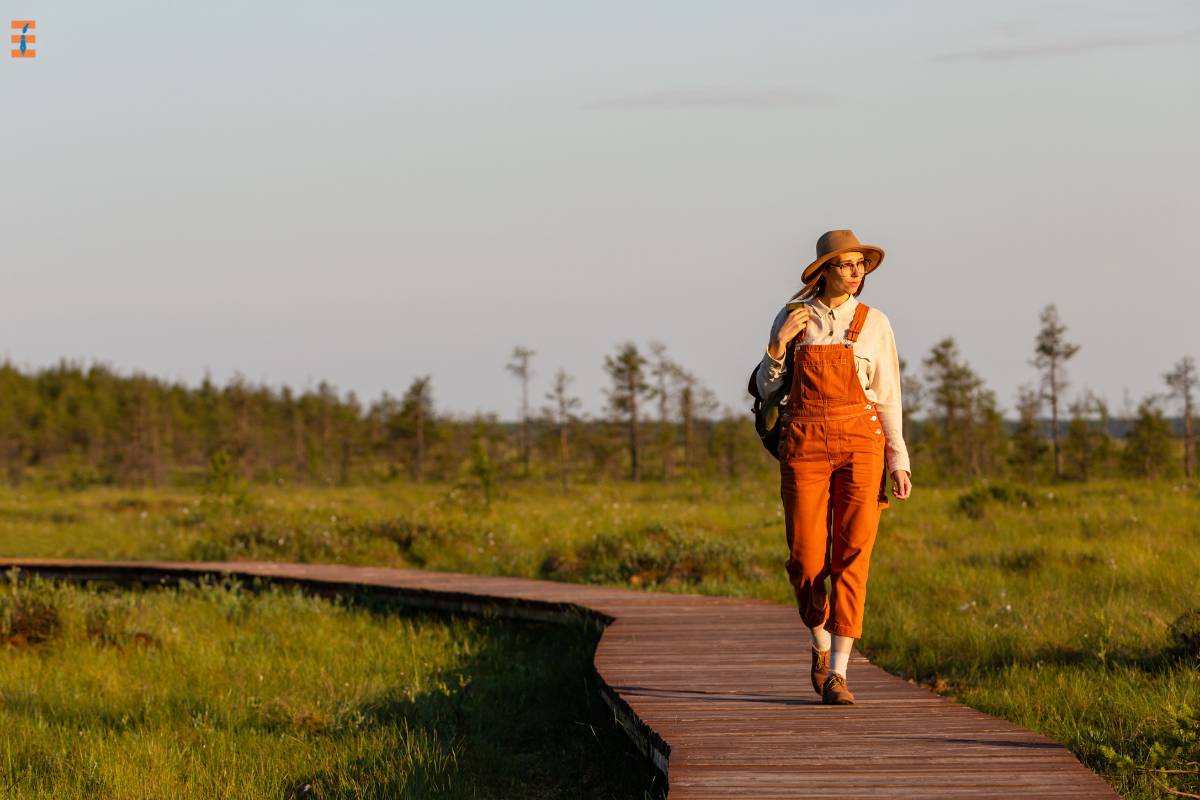As an educator navigating the dynamic landscape of education, I am keenly aware of the shifting boundaries within traditional classrooms. The profound potential of the great outdoors has become increasingly evident. Nature, with its limitless possibilities and inherent wonders, emerges as a priceless extension of our conventional classrooms. In the exploration that follows, we unravel the numerous advantages of incorporating the outdoor environment into the learning experience. Join me on this journey as we delve into the transformative power of nature in education, discovering innovative strategies to effortlessly weave the outdoors into the intricate fabric of our educational endeavors.
The Outdoor Environment as a Catalyst for Learning:
1. Multi-Sensory Learning Experience
The outdoor environment engages multiple senses simultaneously, creating a rich and immersive learning experience. The rustling leaves, the scent of blooming flowers, and the feel of different textures underfoot stimulate sensory receptors, enhancing the overall learning process.
2. Holistic Development

Beyond textbooks and lectures, the outdoor environment provides a holistic platform for development. Physical activities such as hiking, climbing, or even gardening promote motor skills, coordination, and overall physical well-being.
3. Enhanced Creativity and Imagination
Nature’s open canvas sparks creativity and imagination. Whether it’s sketching landscapes, writing poetry under the shade of a tree, or inventing games inspired by natural elements, the outdoor environment fosters a creative mindset.
4. Connection with Nature
Exposure to the outdoor environment cultivates a deep connection with nature. Understanding ecosystems, observing wildlife, and appreciating biodiversity become tangible experiences, instilling a sense of environmental stewardship.
5. Improved Focus and Concentration
Time spent outdoors has been linked to improved concentration and reduced mental fatigue. The change of scenery allows students to reset their minds, enhancing their ability to focus on academic tasks upon returning to the indoor classroom.
Also Read: The Importance Of Classroom Dynamics: Fostering An Optimal Learning Environment
8 Strategies for Integrating the Outdoor Environment into Learning:
1. Nature Walks and Exploration

Incorporating regular nature walks into the curriculum encourages students to explore their surroundings actively. Guided walks can focus on specific themes, such as plant identification, bird watching, or geological features.
2. Outdoor Science Laboratories
Move science experiments beyond the confines of a laboratory. Conducting experiments outdoors allows students to observe natural phenomena in real time, fostering a deeper understanding of scientific concepts.
3. Outdoor Reading and Literature Circles
Take literature discussions outdoors, providing students with a refreshing backdrop for reading and dialogue. This approach not only enhances literary comprehension but also promotes a love for reading.
4. Art and Creativity in Nature

Utilize the outdoor environment as an art studio. Painting landscapes, creating nature-inspired sculptures, or even arranging found objects in artistic patterns connects creativity with the natural world.
5. Outdoor Mathematics
Transform the outdoor environment into a dynamic math classroom. From measuring tree heights to calculating distances during a nature hike, the outdoors offers real-world applications for mathematical concepts.
6. Environmental Projects and Sustainability Initiatives
Engage students in hands-on environmental projects, such as creating a school garden, implementing recycling programs, or conducting water quality assessments. These initiatives empower students to contribute actively to sustainability efforts.
7. Outdoor Storytelling and Drama
Leverage the outdoor environment for storytelling and dramatic activities. Whether it’s acting out scenes from literature or creating original outdoor performances, the natural backdrop adds depth and authenticity to storytelling.
8. Collaboration Spaces
Designate outdoor areas as collaboration spaces. Group discussions, problem-solving sessions, and collaborative projects can flourish in the open air, promoting teamwork and communication skills.
Conclusion
In my quest to enhance educational experiences, I’ve discovered the untapped dynamism of the outdoor environment. As an educator, weaving the outdoors into our learning journey creates an atmosphere where knowledge isn’t confined to four walls but dances freely with the wind, rustling through leaves and echoing with the sounds of nature. This outdoor integration acts as a catalyst for holistic development, nurturing a generation of learners intricately connected to nature and armed with the skills to navigate our ever-changing world.
Embracing nature’s classroom is more than a pedagogical choice; it’s a heartfelt invitation to embark on a journey of exploration, discovery, and learning in perfect harmony with the captivating world that envelops us. This immersive experience extends beyond textbooks, fostering a profound understanding that education is not just about what we know but how deeply we feel and appreciate the world around us.










